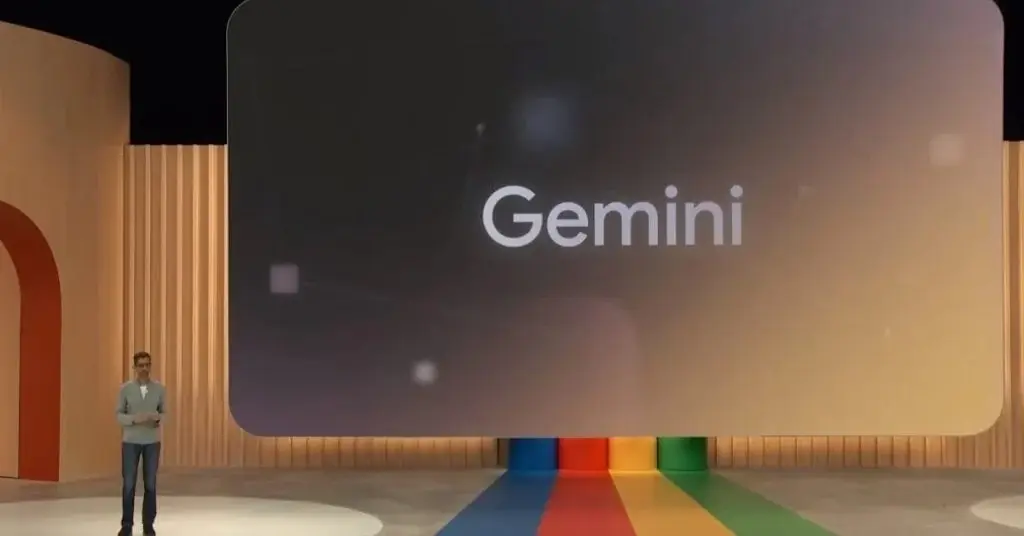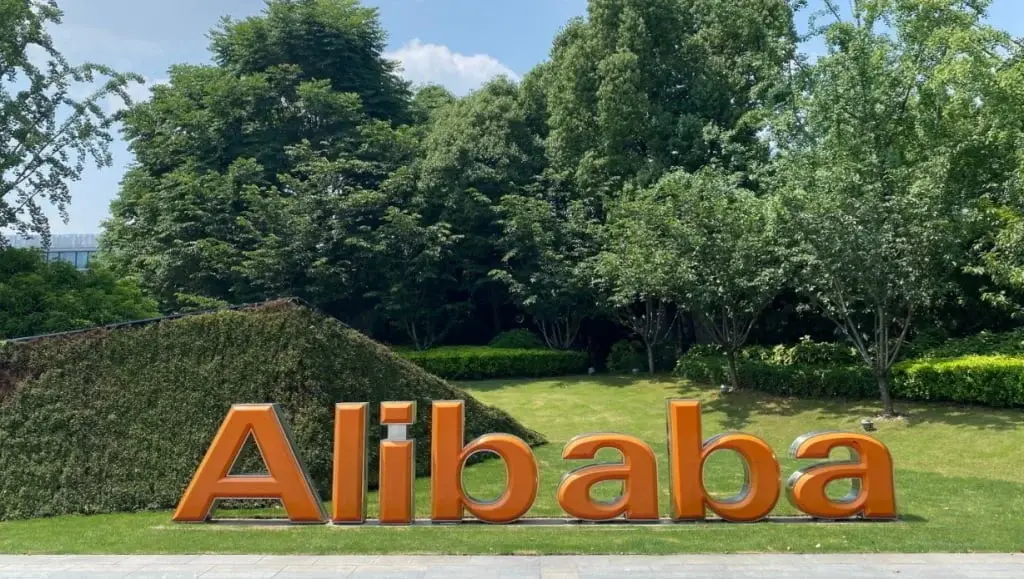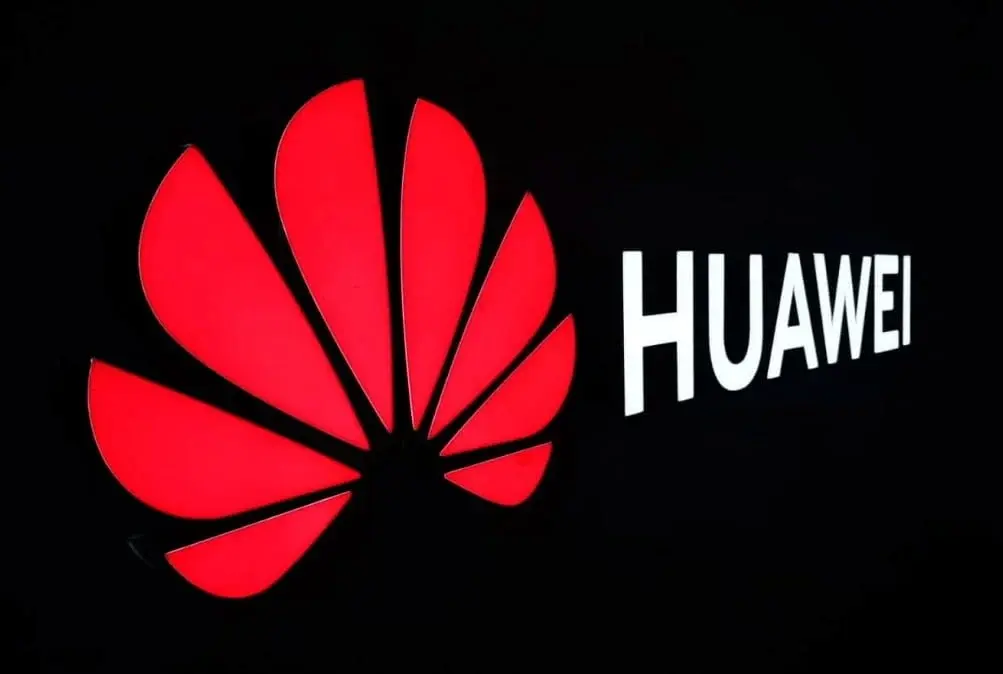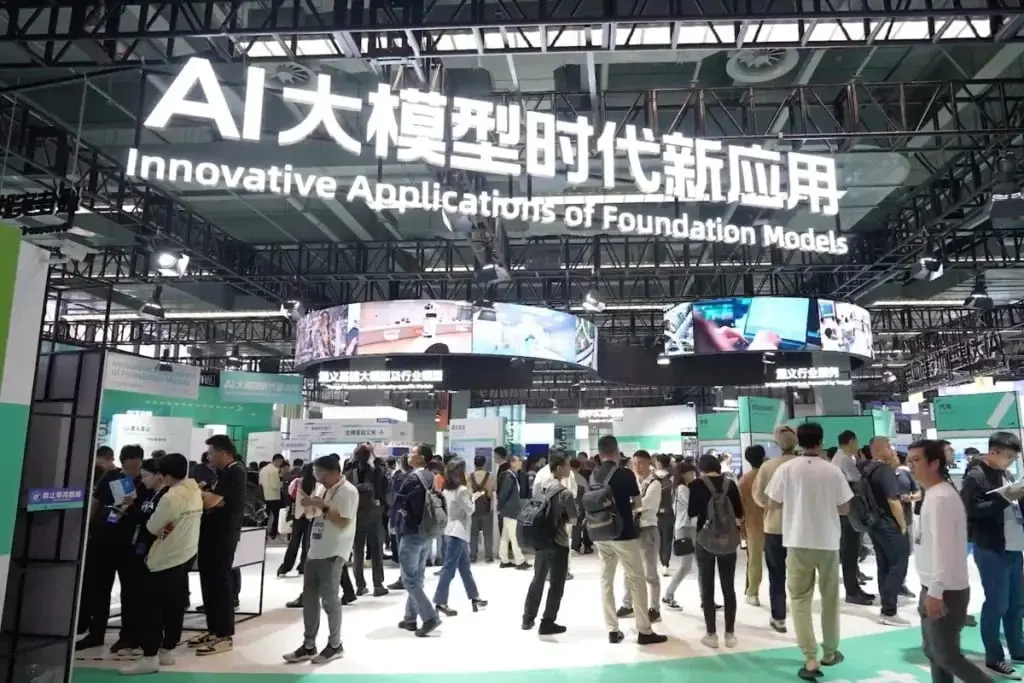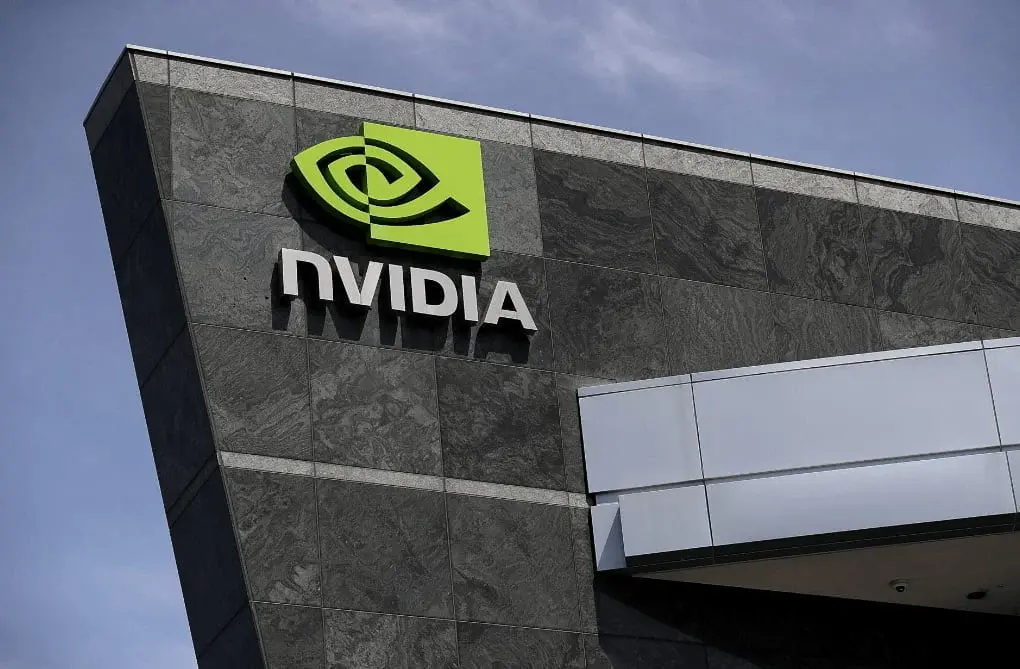Google Delays Release of Next-Generation AI Chatbot Gemini
According to a report by Sammobile, Google has decided to postpone the release of its highly anticipated AI chatbot, Gemini, until early next year. Originally scheduled to be unveiled in November 2023, the launch has been delayed due to the chatbot’s difficulty in handling certain non-English queries during internal testing.
Gemini, touted as Google’s most powerful conversational AI yet, was set to make its debut at events in California, New York, and Washington, D.C. However, CEO Sundar Pichai made the call to delay the launch after realizing that Gemini’s performance with non-English queries did not meet expectations.
Importance of Global Language Support
Google recognizes the significance of global language support in positioning Gemini as a superior alternative to OpenAI’s GPT-4. Until Gemini can demonstrate proficiency in handling non-English queries, Google believes it would be premature to introduce it to the wider market.
Despite the delay, Google remains confident in Gemini’s potential to surpass GPT-4. In private tests, Gemini reportedly outperformed GPT-4, thanks to its impressive computational power.
Commitment to Delivering a Competitive Product
Google CEO Pichai has emphasized the company’s commitment to delivering a “competitive and state-of-the-art” product with Gemini 1.0. The delay is aimed at ensuring that the chatbot meets the high standards set by Google before it is made available to the public.
Gemini’s Capabilities
Sissie Hsiao, Google’s Vice President, provided an example of Gemini’s remarkable capabilities. She mentioned that Gemini can generate completely novel images when given a task like creating three pictures illustrating the steps to ice a three-layer cake. This showcases Gemini’s ability to go beyond simply sourcing images from the internet.
Overall, while the delay may disappoint those eagerly awaiting the release of Gemini, Google’s decision to prioritize its performance with non-English queries reflects the company’s commitment to delivering a top-notch AI chatbot. By ensuring that Gemini meets the necessary standards, Google aims to position it as a strong competitor to other conversational AI models in the market.

